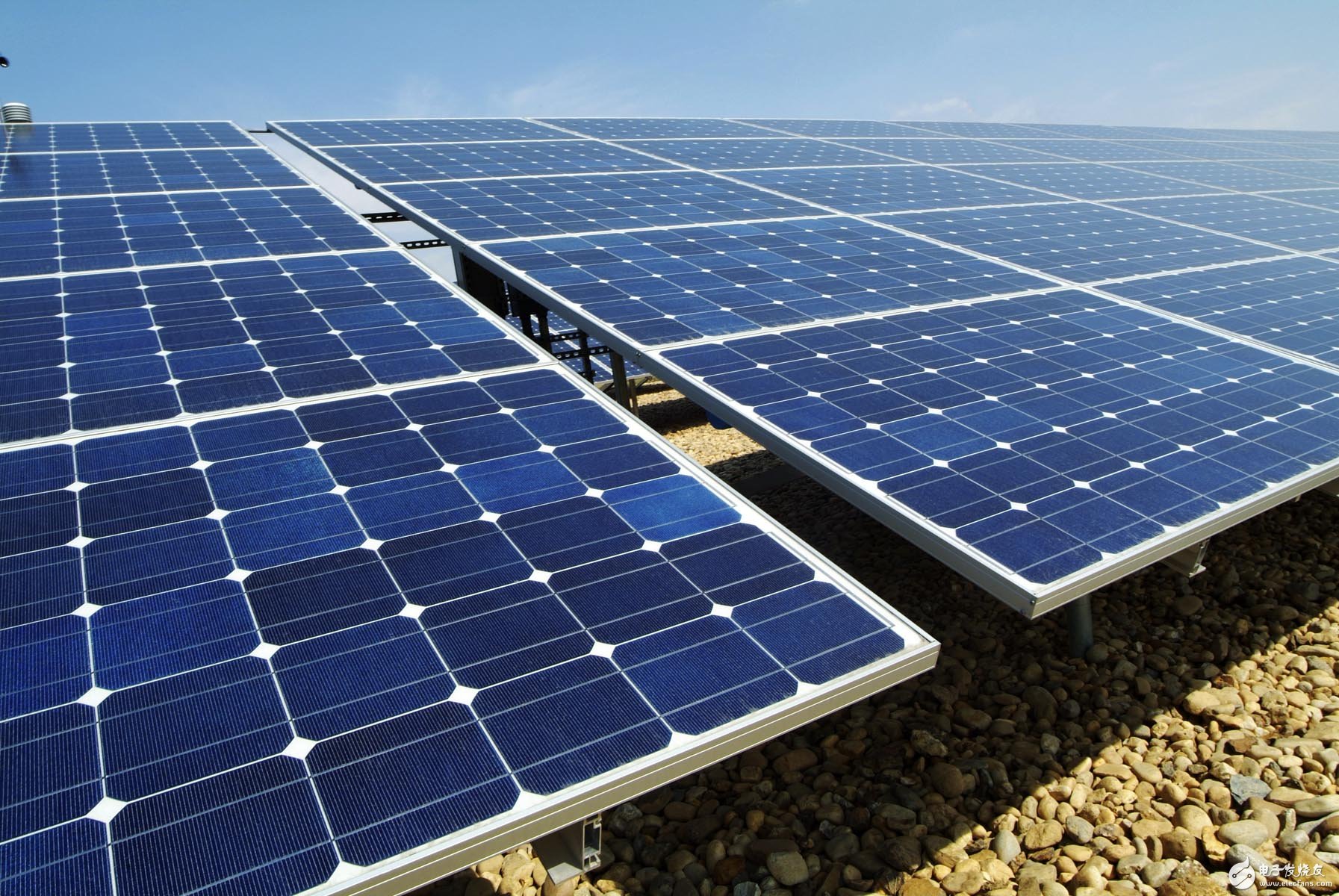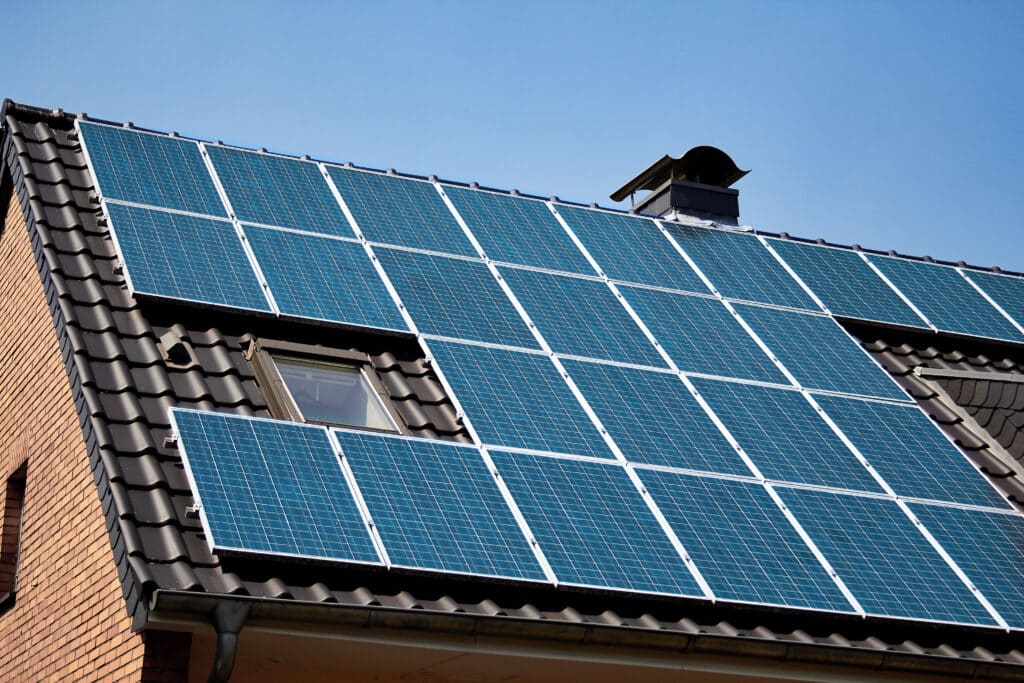A sloping roof is the best type to mount solar panels; south-facing slopes can be particularly good for receipt of sunlight and hence the energy efficiency of the system. Where the slope of the roof is not that much different from the latitude of its location, the additional mounting brackets may not be necessary, and the installation job becomes easier. For flat roofs, adjustable brackets can be installed for better positioning. Metal roofing is suitable for securing solar panels in the best way with good durability and stability. Tile roofs should be installed by professionals, or else the tile may get damaged.
Roof Types Overview
Before installing a solar panel, it is necessary to understand the different roof types and their characteristics. All kinds of roofs are not suitable for the solar system; the form, material, and slope of the roof will directly affect the effectiveness of solar panels and the cost of installation. In general, there are sloped roofs, flat roofs, tile roofs, and metal roofs to consider with their respective advantages and disadvantages. Choosing the right roof type is the key for every homeowner in ensuring stability of the installation process and efficiency.
Sloping roofs are generally designed to capture sunlight more readily, while south-facing slopes, especially in the Northern Hemisphere, act perfectly. Flat roofs do indeed require extra brackets so that the angle can be adjusted, but other advantages include flexibility in layout and easier installation. Different roof materials also demand varied installation methods and ways of fixing solar panel brackets. Mastering these basics will help you make better decisions both during selection and while installing them.
Best for Solar
Among the good types of roofs to mount the solar panels are the sloped roofs. More precisely, south-oriented sloped roofs make solar panels able to work in maximum sunlight for the longest time. The pitch of sloped roofs is usually around the optimum angle solar panels are mounted on, so the adjustment will be minor. The slopes that face south in the Northern Hemisphere receive sunlight relatively equally during the year, hence capturing the maximum available energy.
Flat roofs also have a number of advantages. Although additional brackets are needed to adjust the angles, flat roofs give plenty of room for modification and adjustment according to your needs. The design is thus quite suitable for homes or buildings with ample roof space that can allow adjustment of panel angles to achieve maximum efficiency between seasons. Metal roofing is also fine, as it's mostly durable enough to bear the long-term weight that solar panels impose, and is easy to secure.
While tile roofs are compatible with solar panels, they are a lot more delicate. The poor materials in the making of tiles make them a bit tricky to install because one would have to be very careful not to break any tile, adding onto the cost of installation. Delicate tiled roofs may need additional brackets or a specialized installation team.
Material Matters
The material in the roof is usually very important in terms of stability and long-term security of panels. Amongst different roof materials, metal roofs tend to work out very well because they often allow for non-invasive clamps for installing solar panels, hence making it possible to avoid damages to the surfaces of the roof, thus ensuring water resistance as a result of ease in maintenance.
Asphalt shingles are other common and less-expensive roofing kinds that provide a very crucial balance between durability and load-carrying capacity; hence, they work well with solar panel installation. Asphalt shingles give a cushion effect and a substantial thickness to the roof so that the fitting of panels with bolts can be conveniently done without affecting the surface. Please note, however, that asphalt shingles have a short life span (approximately 20 years), meaning that in cases where the life of solar panels exceeds that, one might need to reinstall them during a roof replacement later.
Tile roofs are trickier to install. The fragile nature of tiles makes them prone to cracking when securing panels, hence calls for specialized brackets and clamps that do not apply pressure on the tile. Installation on ceramic and cement tiles is more challenging but possible, though costs and complexity will rise accordingly.
Angle and Tilt
Two of the simple variables that affect the effectiveness of a solar panel involve the angle and tilt of the roof. In the Northern Hemisphere, it is generally specified that one should install the panels at an angle that is slightly less than the latitude of the location. Supposing you live near a 30-degree latitude, the ideal pitch would be about 20-25 degrees. Not every roof has this angle, so it's important to make adjustments according to the situation.
Sloping roofs have an inherent advantage in the sense that their inclination often happens to go well with sunlight. In flat roofs, solar panels require additional supports for adjusting the angle through which the panels will face. Brackets do add extra costs, yet they might provide quite a significant boost in overall efficiency. Angle adjustment can also optimize energy production in different seasons, though most of the setups are never readjusted over the course of time after their installation.
Angle considerations affect not only efficiency but also cleaning and maintenance of solar panels. Greater tilts help rain naturally wash away dust and debris, reducing cleaning frequency, while the flat-roof panels are likely to require periodic manual cleaning to maintain efficiency.
Flat Roof Solutions
Flat roofs are different stories in the installation of solar panels, since flat roofs have no natural tilt, and thus, the structure could allow variable placing and adjustment of the panels. Specialized brackets ensure optimum panel angles in relation to sunlight on flat roofs.
Another option is the east-west photovoltaic panel arrangement on flat roofs. This orientation makes the time of energy production effective during morning and afternoon hours; this orientation, therefore, minimizes variations in daily energy output. Such an arrangement in commercial buildings is common since energy output is smoothened, hence facilities with regular daily requirements of energy benefit.
These installations may require additional weight or strengthening in the making of the panel not to be blown up by strong winds. Design considerations will be vital to drainage; flat roofs collect water, so brackets may need to have drainage channels for prevention of any obstruction that might take place during rainy conditions.
Installation Costs
The actual costs of installing solar are different for many factors, most of which involve the type and structure of the roof. Usually, sketched roofs are a lot cheaper in terms of installing solar panels because the already pre-existing angle of the rooftops is often applied without needing further adjustments with additional brackets. This reduces the labor and material cost involved. Bolting on an asphalt shingle or metal roof can normally be done fairly easily and inexpensively.
Flat roof installations are much more expensive due to the need for additional brackets to effectively vary panel angles. Flat roofs are devoid of natural tilt, hence tending to be more expensive in terms of brackets and laboring. Installation crews sometimes have to design wind resistance or waterproofing systems, which also sometimes drives up the costs.
Tile roofs are the most expensive installation. Much more care is taken to not break any tiles. The brackets and support systems for tile roofs can often be considerably more tricky, making tile roof installations a great deal more expensive than any other kind of roof installation. Tile-roof homeowners will have to take this into consideration when budgeting.
Long-Term Benefits
Other than upfront costs with the installation of solar panels, overall it is a very good investment for many homeowners. Solar systems can last upwards of 25 years, offsetting energy costs long-term for the owner-especially metal and asphalt shingle roofs. More specifically, solar panels can add some benefits to extend the life of the roof in states that have heavy sunlight because they are protecting the roof from the direct sun exposure.
Solar panels also enhance property value. Most buyers would be more attracted to homes with installed solar systems, for they entail lower utility bills and a greener lifestyle. Certain regions also offer tax incentives, subsidies, and other benefits while the installation of solar plants reduces investment cost even further.
Solar systems reduce carbon emissions, hence rely little on conventional sources of energy. Self-production of solar power reduces the carbon footprint for a homeowner, hence contributing to sustainable development. This is an environmental benefit that is increasingly valuable in today's climate-conscious society, making solar power an investment with both economic and ecological rewards.




